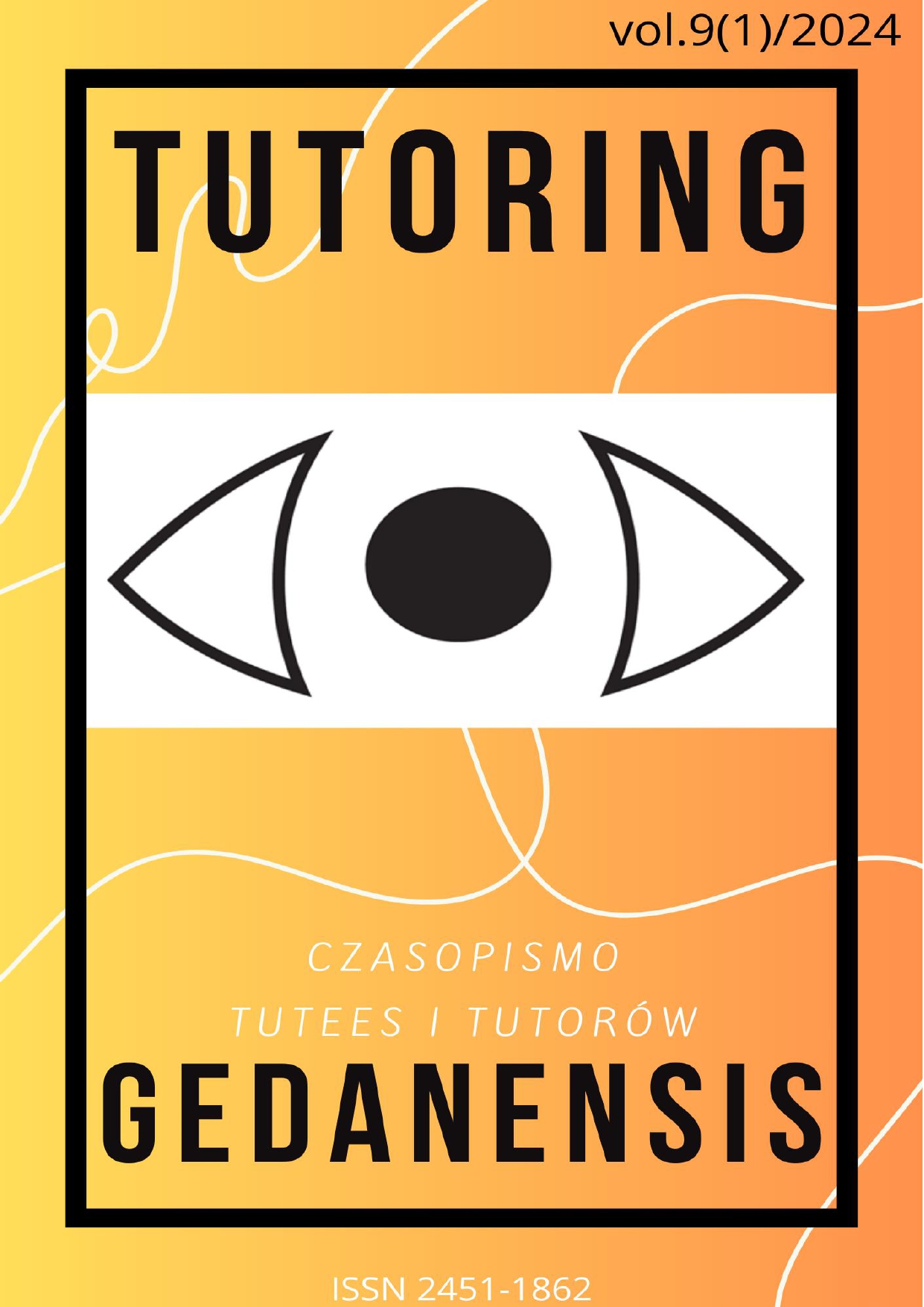Microorganisms in marine biotechnology – the great powers of the smallest inhabitants of the seas and oceans
DOI:
https://doi.org/10.26881/tutg.2024.1.11Słowa kluczowe:
marine microorganisms, marine biotechnology, microbial cultures, astrobiology, marine drugs, pigments, lipids, bioremediationDownloads
Bibliografia
INFOGRAPHIC no. 1
Cardoso, F.A., Souza, da Silva S do R., Oliveira, Prado, G.I., Bitencourt, P.A.J., Gastauer, M, 2023. Microorganisms, 11(2), 1-13.
Caudal, F., Tapissier-Bontemps, N., Edrada-Ebel, R. A., 2022. Impact of Co-Culture on the Metabolism of Marine Microorganisms. Mar Drugs, 20(2), 153.
Kapoore, V.R., Padmaperuma, G., Maneein, S., Vaidyanathan, S., 2021. Co-culturing microbial consortia: approaches for applications in biomanufacturing and bioprocessing, Critical Reviews in Biotechnology, 42(1), 46-72.
Liu, S., Moon, C.D., Zheng, N., Huws, S., Zhao, S., 2022. Opportunities and challenges of using metagenomic data to bring uncultured microbes into cultivation, Microbiome, 10, 76.
Madhuri, J.R., Saraswathi, M., Gowthami, K., Bhargavi, M., Divya, Y., Deepika, V., 2018. Recent Approaches in the Production of Novel Enzymes From Environmental Samples by Enrichment Culture and Metagenomic Approach of the. Recent Developments in Applied Microbiology and Biochemistry, 251-262.
Nichols, D., Cahoon, N., Trakhtenberg, M. E., Pham, L., Mehta, A., Belanger A., Kanigan, T., Lewis, K., Epstein, S.S., 2010. Use of Ichip for High-Throughput In Situ Cultivation of “Uncultivable” Microbial Species. Appl Environ Microbiol, 76(8), 2445-50.
INFOGRAPHIC no. 2
Aasen, I.M., Ertesvåg, H., Heggeset, T.M.B., Liu, B., Brautaset, T., Vadstein, O., Ellingsen, T.E., 2016. Thraustochytrids as production organisms for docosahexaenoic acid (DHA), squalene, and carotenoids. Appl Microbiol Biot, 100, 4309-4321.
Contreras, P., Oviedo, C., 2023. Potential and future perspectives of thraustochytrids in bioremediation. Int J Environ Sci Technol 20, 4483–4498.
Kalidasan, K., Vinithkumar, N.V., Peter, D.M., Dharani, G., Dufossé, L., 2021. Thraustochytrids of mangrove habitats from Andaman Islands: Species diversity, PUFA profiles and biotechnological potential. Mar Drugs, 19(10), 571.
Lewis, T.E., Nichols, P.D., McMeekin, T.A., 1999. The biotechnological potential of thraustochytrids. Mar Biotech, 1, 580- 587.
Lyu, L., Wang, Q., Wang, G., 2021. Cultivation and diversity analysis of novel marine thraustochytrids. Marine Life Science & Technology, 3, 263-275.
Marchan, L.F., Lee, Chang, K.J., Nichols, P.D., Polglase, J.L., Mitchell, W.J., Gutierrez, T., 2017. Screening of new British thraustochytrids isolates for docosahexaenoic acid (DHA) production. J Appl Phycol, 29, 2831-2843.
Morabito, C., Bournaud, C., Maës, C., Schuler, M., Cigliano, R.A., Dellero, Y., Maréchal, E., Amato, A., Rébeillé, F., 2019. The lipid metabolism in thraustochytrids. Prog in Lipid Res, 76, 101007.
Patel, A., Mu, L., Shi, Y., Rova, U., Christakopoulos, P., & Matsakas, L. 2020. Novel biorefinery approach aimed at vegetarians reduces the dependency on marine fish stocks for obtaining squalene and docosahexaenoic acid. ACS Sustain Chem Eng, 8(23), 8803-8813.
INFOGRAPHIC no. 3
Gao, G., Wang, Y., Hua, H., Li, D., Tang C., 2021. Marine Antitumor Peptide Dolastatin 10: Biological Activity, Structural Modification and Synthetic Chemistry. Mar Drugs, 19 (7), 363.
Singh, S.B., 2022. Discovery and Development of Dolastatin 10-Derived Antibody Drug Conjugate Anticancer Drugs. J Nat Prod, 85 (3), 666-687.
INFOGRAPHIC no. 4
AstaFactor, [online], https://astafactor.com/ [accessed: 15.05.2023].
Villaró, S., Ciardi, M., Morillas-España, A., Sánchez-Zurano, A., Acién-Fernández, G., Lafarga, T., 2021. Microalgae Derived Astaxanthin: Research and Consumer Trends and Industrial Use as Food. Foods, 10(10), DOI: 10.3390/foods10102303.
Stefansson, T., 2018. How to Manufacture Astaxanthin. Vitafoods insights [online], https://www.vitafoodsinsights.com/ [accessed: 11.04.2023].
Panis, G., Carreon, J.R. 2016., Commercial astaxanthin production derived by green alga Haematococcus pluvialis: a microalgae process model and a techno-economic assessment all through production line. Algal Res, 18, 175-190.
Nguyen, K.D., 2013. Astaxanthin: a Comparative Case of Synthetic vs. Natural Production. [online], Knoxville, University of Tennessee, https://trace.tennessee.edu/utk_chembi opubs/94 [accessed: 01.04. 2023].
INFOGRAPHIC no. 5
Detrell, G., 2021. Chlorella Vulgaris Photobioreactor for Oxygen and Food Production on a Moon Base-Potential and Challenges. Front Astron Space Sci, 8, 700579, DOI: 10.3389/fspas.2021.700579.
Lasseur, C., 2008. Melissa: The European project of a closed life support system. Gravitional and Space Biology, 23(2), 3- 12.
Salisbury, F.B., Gitelson, J.I., Lisovsky, G.M., 1997. Bios-3: Siberian experiments in bioregenerative life support. Bioscience, 47 (9), 575-85.

 Uniwersyteckie Czasopisma Naukowe
Uniwersyteckie Czasopisma Naukowe



